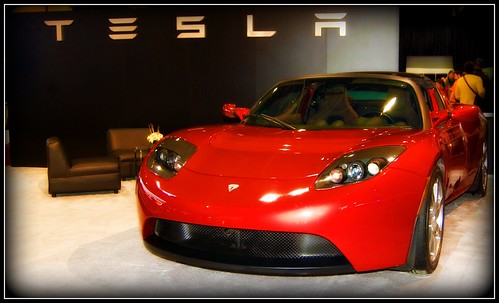Generative artificial intelligence has been all the rage in the news recently, with reports of AI’s effects on the world of tech shaking up decades of the status quo. While not as visible as the progress demonstrated by writing and art creation systems, the automotive industry is also poised for an AI-driven revolution. From long-promised self-driving technology to advanced augmented reality trip planning, the potential here is immense, with AI aiding our reality in finally matching our imaginations.
Self-driving and charging
Self-driving vehicles have long been the promise of next-generation speculators, but so far the promise hasn’t matched the ideal. Claims from ostensible genius Elon Musk have consistently fallen short, with yearly incorrect predictions raising questions about the viability of the tech. It needs to be remembered, however, that although Tesla might be the biggest name in self-driving, it’s not the only one, and it’s not the best. Improved AI and hardware in vehicles like Ford’s BlueCruise line are continuing to raise the bar, making true self-driving closer than ever.

A smaller but important part of this form of automation can also be found in charging systems. AI-led projects like the Siemens Autonomous Charging System can plug in and charge a vehicle without manual connections from the driver. This doesn’t just save time, it can also improve safety in areas with extreme heat or cold.
AI automation could also be used when detecting and correcting car issues such as engine damage and tire wear. The signs of tire degradation are simple to detect by the human eye, and these systems can be easily translated into virtual space. Checking tire age and signs of bulging and thin treats can then link to online ordering systems, eliminating more expensive options via car dealerships and mechanics.
Travel and planning
Reliance on GPS for navigation is standard in the modern age, where the paper map has almost disappeared. Paper maps can be clunky and difficult to read, and they tend to be outdated quickly. Modern real-time mapping programs overcome these problems, and with new advancements in mapping software, they can be implemented without significant manhours.
Leading the way for modern solutions in mapping are Intelligent Road Technology projects, which can use AI to update road maps more efficiently and accurately than older approaches. One such system, called Roadtracer, has been found to be 45 percent more accurate than traditional mapping software and has already seen significant success in countries like Thailand.
2D maps wouldn’t be alone in experiencing the benefits from AI either, as newer 3D versions of mapping software through virtual and augmented reality are also poised for a revolution. Google is leading the way here with what it calls immersive maps. This system collects and sorts through available 2D and 3D mapping data to create a real-time virtual environment through which travelers can journey. Simple use here could involve checking traffic and weather, and more advanced uses could allow full 3D tours before leaving the front door, to eliminate any chances of getting lost.
AI then extends its use to tourism and business travel, where its newer functionalities could soon be used to find the best deals for users looking to plan holiday or work trips. Coupon collection and comparison sites can already help users discover amazing ways to save on car rentals with companies like Avis when travelers book through the appropriate website. These systems already track and relay relevant information for users to sort through by area, and future AI could automate this process even further.
While any concepts of flying and automated cars ala The Jetsons might not ever prove viable, so many other historically sci-fi ideas of AI-led travel are quickly becoming reality. The 2020s look to be the decade where AI goes from small and subtle systems to real game-changers in many formerly manual and human-led industries. For anyone who sees transport as a means to an end, this development will bring convenience like nothing we’ve ever experienced for. Those who prefer the older ways of doing things might be less enthused, but for classic car fans, the traditional ways will undoubtedly continue to prove a viable if less efficient option.















